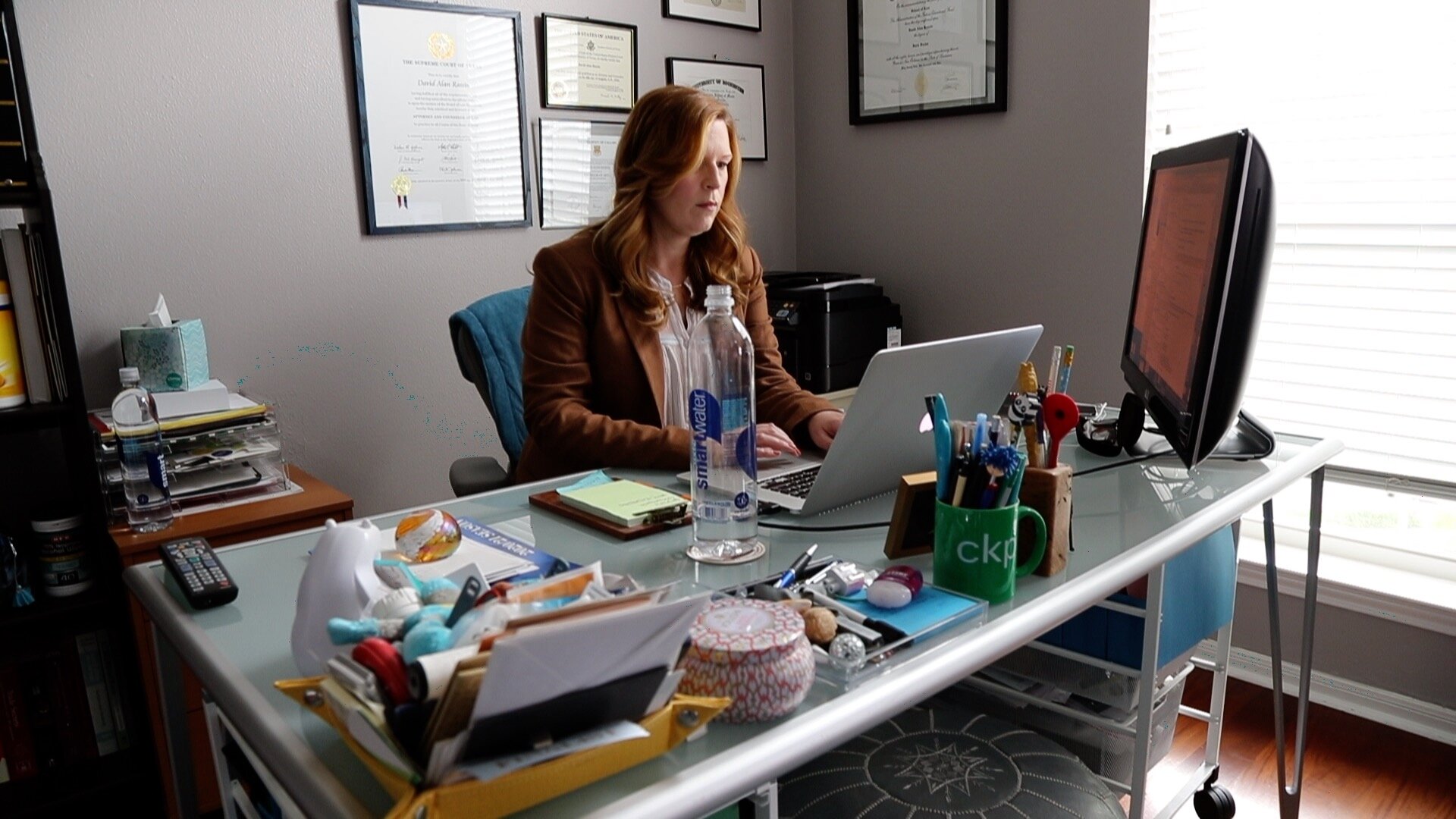CKP on Forbes: Crisis keeping your team home? How to go from in-office to remote work in five steps

It’s never been more critical to consider how your team gets work done and what they need to do it. With threats of the novel coronavirus dominating the media and fears of the spread of the pandemic at an all-time high, eliminating in-person encounters and establishing a remote working environment has its own challenges.
At CKP, working remotely is our norm. We’ve found that giving our team the freedom to work when, where and how it suits their productivity yields better results and makes us more competitive when recruiting talent. But if your team isn’t prepared for or accustomed to a remote setup, it’s time to establish expectations of accountability.
Whether you need to execute a remote working plan or not, it pays to be prepared so that your team isn’t stressed, the work gets done and your clients stay satisfied. Here are some of my best tips for doing so:
Gear up your team
Make an inventory of your mobile technology tools, including laptops and tablets, and be sure key members of your team have the necessary equipment to work remotely. If you have an IT department, this is a good time to establish (and reinforce) security and VPN protocols so everyone has access to the information and connectivity they need.
Move critical files and workflows to the cloud
If you’re still working with hard copy files and old-fashioned pen and paper, stop. Cloud-based co-working tools can organize workflows and add transparency so everyone is up to date on the progress of each project. Wherever you are, the information is ready for your team, eliminating the opportunity for anything to stall and delay.
If you’re a small operation, try co-working and file-sharing platforms tools like Quip, Google Docs, Asana and Dropbox to communicate beyond the office setting. The value of maintaining an ability for any member of the team to access files and documents needed to keep projects running smoothly cannot be understated. This is particularly important in an environment in which someone could potentially fall ill, suddenly and without warning.
Establish working hours
If your team has never had the opportunity to work remotely, establishing work hours is a helpful step toward managing expectations. It’s a mistake to assume your staff is available at any time of the day just because of this added freedom. With remote working comes the responsibility of managing work-life balance, and it’s the leader’s responsibility to communicate clearly when employees are expected to be online and available.
Set up communication channels
Emails are great for communication that requires more detailed explanation, but in a remote working environment where in-person conversations are potentially more limited, it’s necessary to set up a quick-response feedback loop.
With your team not having the ability to gut-check their work or brainstorm an issue with a colleague physically nearby, you need to establish guidelines and a framework to replace that level of interaction. In my business, we rely heavily on cloud-based messaging systems baked into productivity tools. We also text and use messaging apps and an old-fashioned approach: picking up the phone and calling someone, especially when the conversation could potentially be more sensitive and you want to strike the right tone, such as when delivering feedback. More sophisticated options include encrypted messaging apps like WhatsApp or Slack and video conferencing. Workplace from Facebook also has some beneficial functionalities, including groups, chat and video calls.
Lead the way
Some of your team members might need some coaching into getting comfortable outside the comforts — and limitations — of a traditional office. You may need to set a standard cadence of check-ins where employees and managers lay out their workload and set priorities so that employees know what’s expected of them, and managers can stay in the loop on what might be held up due to outside factors.
During the COVID-19 pandemic, adjustments may be required for employees who find themselves without childcare if schools or daycare centers start to see more widespread closures. So set the tone by embracing this temporary, flexible or perhaps more permanent environment and immerse yourself in the full capabilities of the remote work. You may be surprised to discover its effect — or lack thereof — on productivity.
If you’re trying remote working for the first time, proper preparation and open communication will make this transition as smooth as possible. Soon you’ll find this setup will lead to more productivity, creative freedom and ownership as your team begins to feel empowered to do what’s best for your agency, their families and their well-being.
Additionally, that kind of trust and responsibility will go a long way in employee satisfaction and retention, which, at the end, also benefits client deliverables.
A version of this blog first appeared on Forbes.
More Blog Posts

Let’s be real—communication at work is kind of like a group chat. Some people over-share, some barely respond, and others...

Once upon a time, PR meant faxing a press release and hoping someone, somewhere, had paper in their machine. All...

Employee Appreciation Day, recognized on the first Friday in March, will be celebrated this year on March 7. It is...

1. The Power of Sustained Impression (Or: Stop Passing Out at First Dates) Let me tell you about a date...


